STATSports Selects Taoglas to Connect to GPS-based Apex System
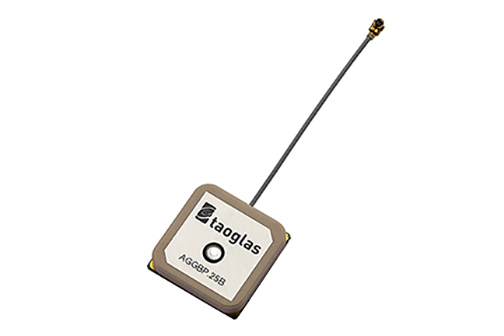 Taoglas’ AGGBP.25B two-stage 28 dB Active GPS Patch Antenna Module. Photo: Taoglas.
Taoglas’ AGGBP.25B two-stage 28 dB Active GPS Patch Antenna Module. Photo: Taoglas. Taoglas, a Wexford, Ireland-based provider of automotive and Internet of Things (IoT) antenna products, today announced that STATSports has selected Taoglas to provide antenna solutions for its new Apex line of GPS-based sports performance monitors.
By Inside GNSS
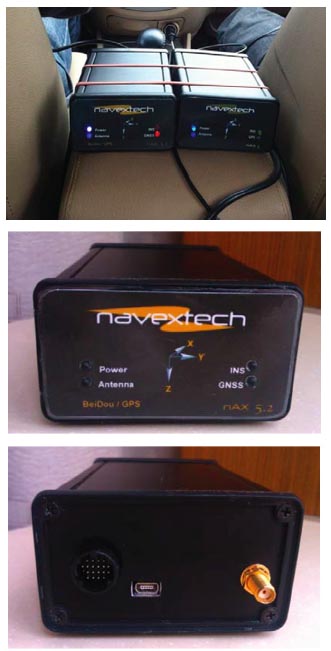
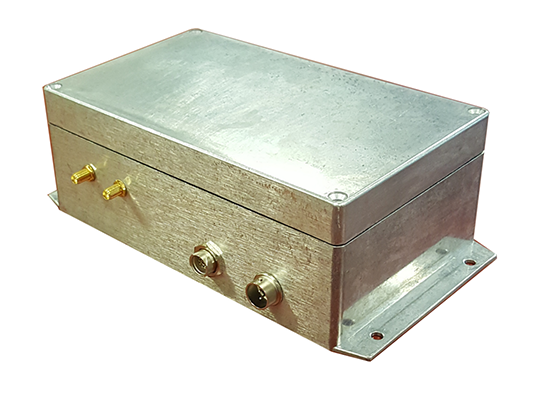


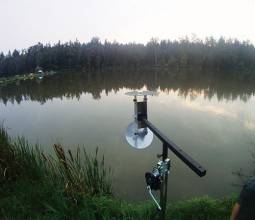





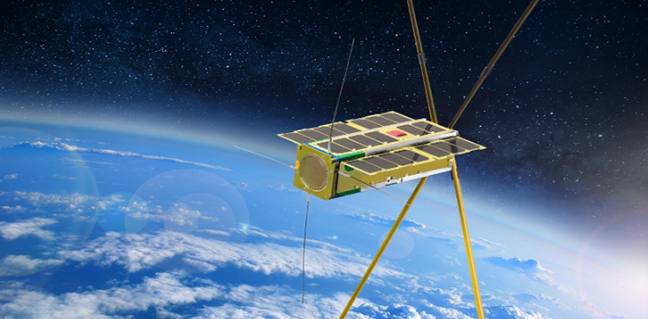

.jpg)


